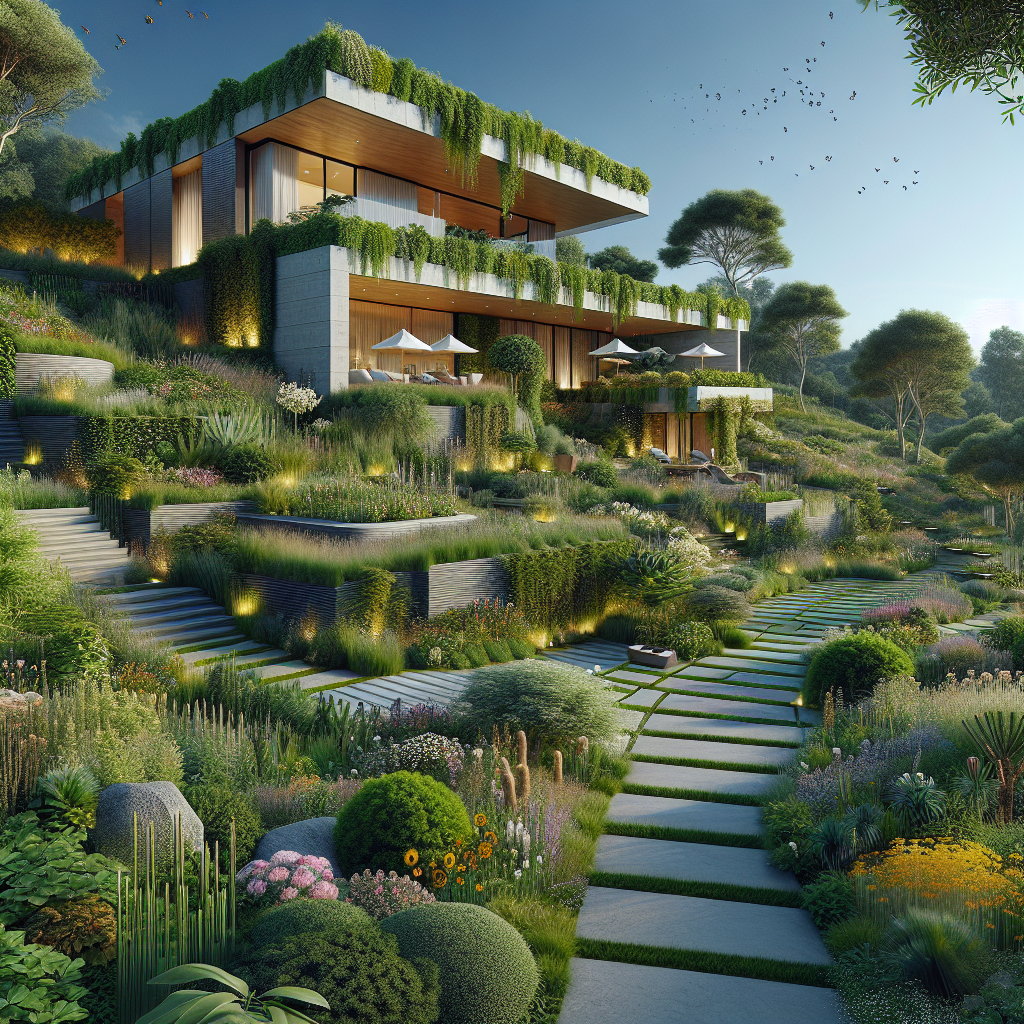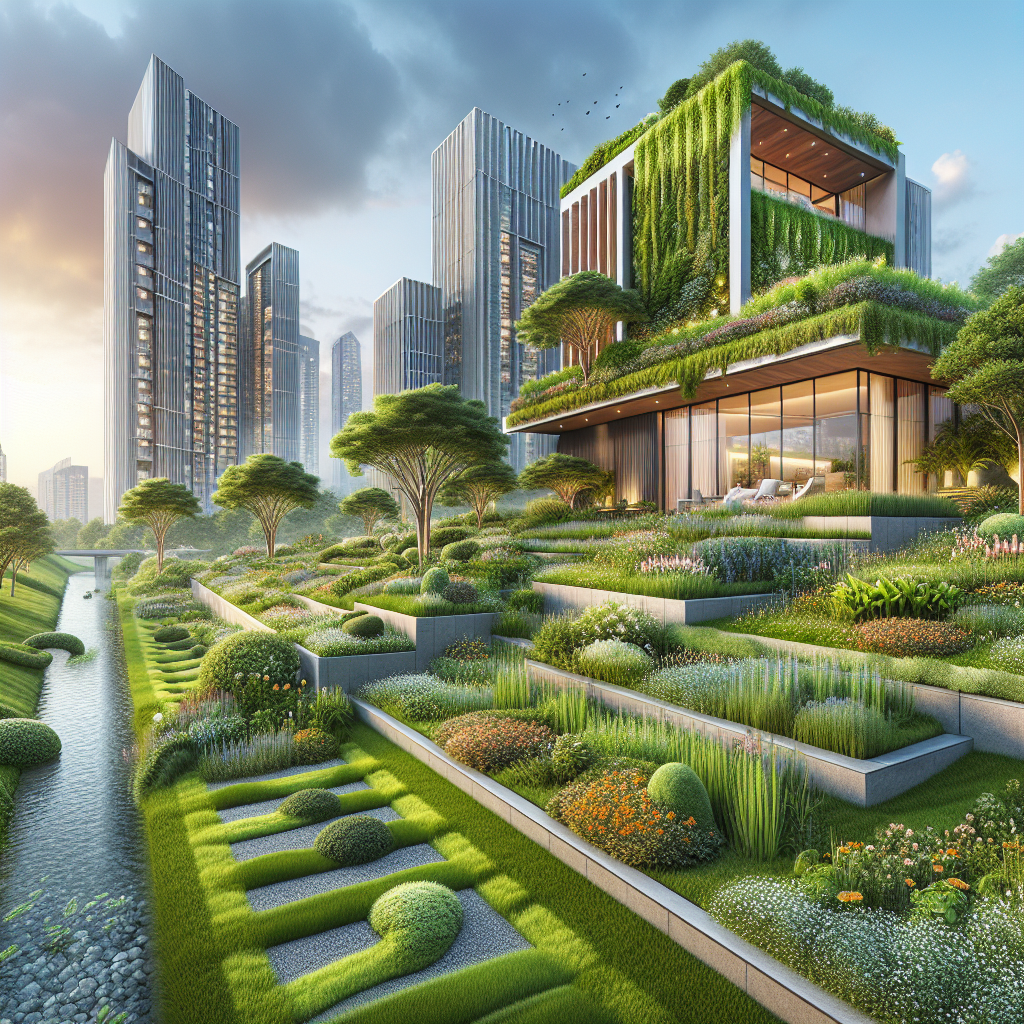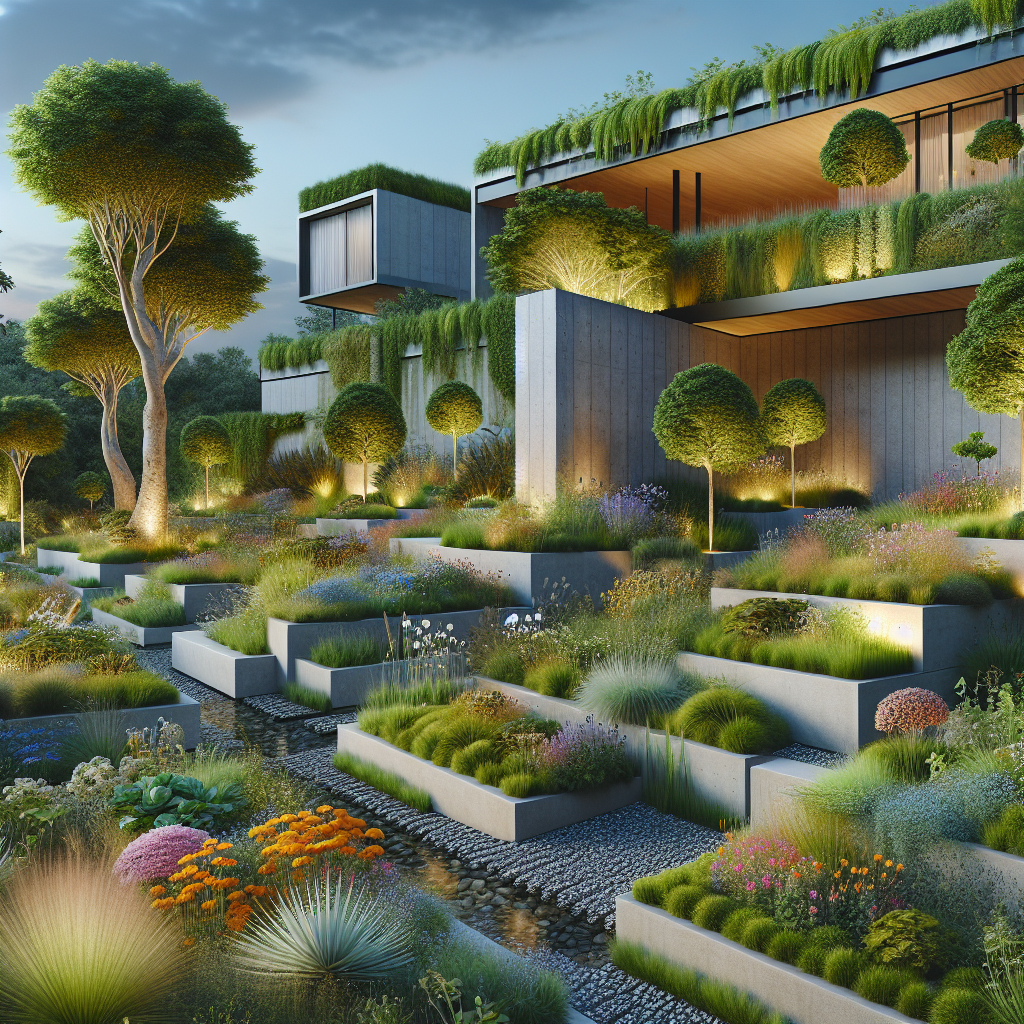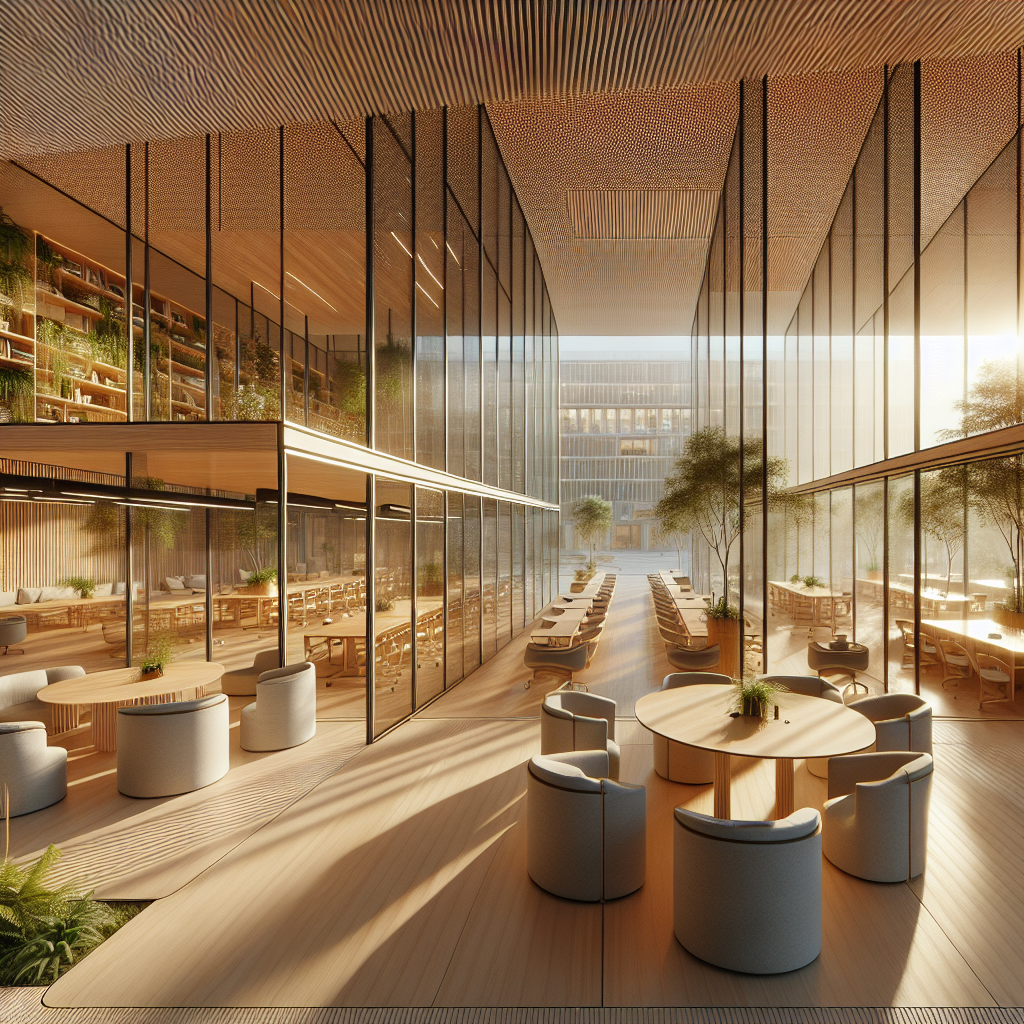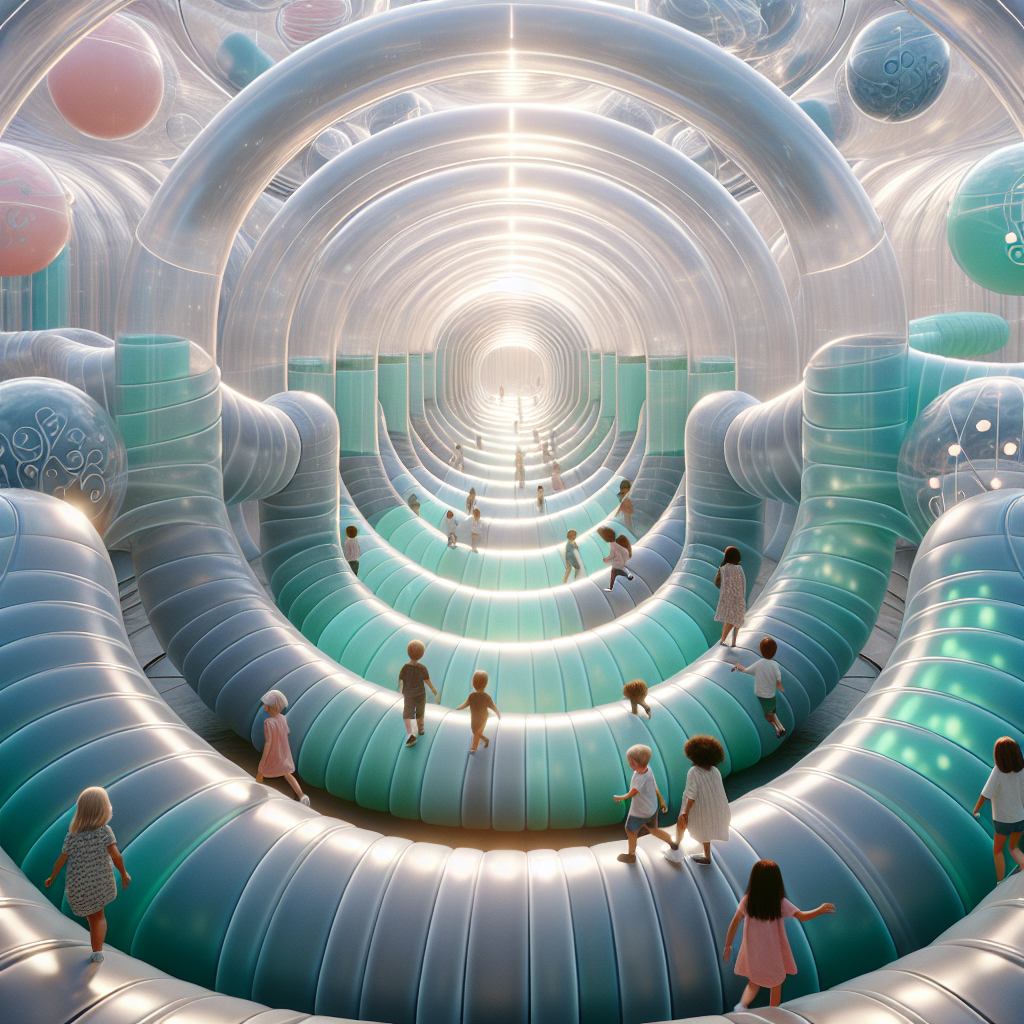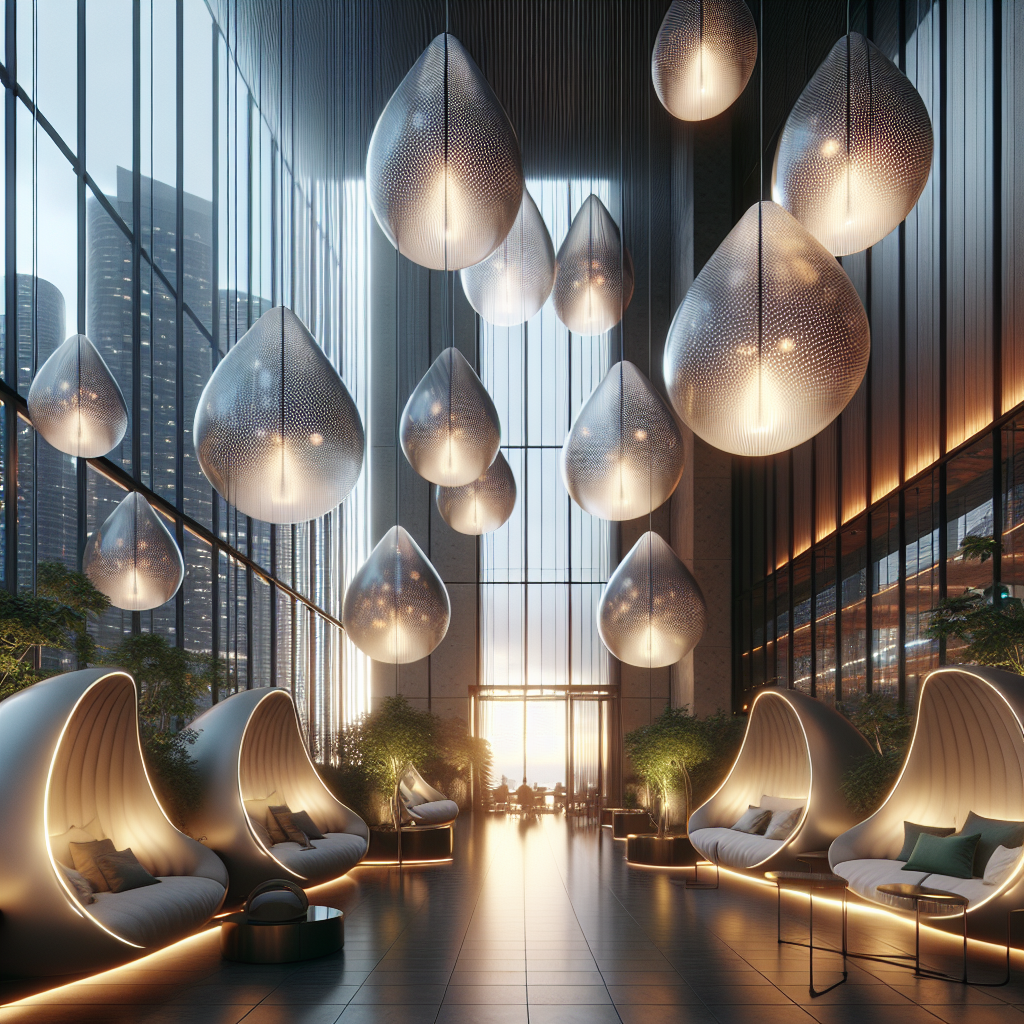Sustainable Landscaping: Eco-Friendly Lawns and Gardens
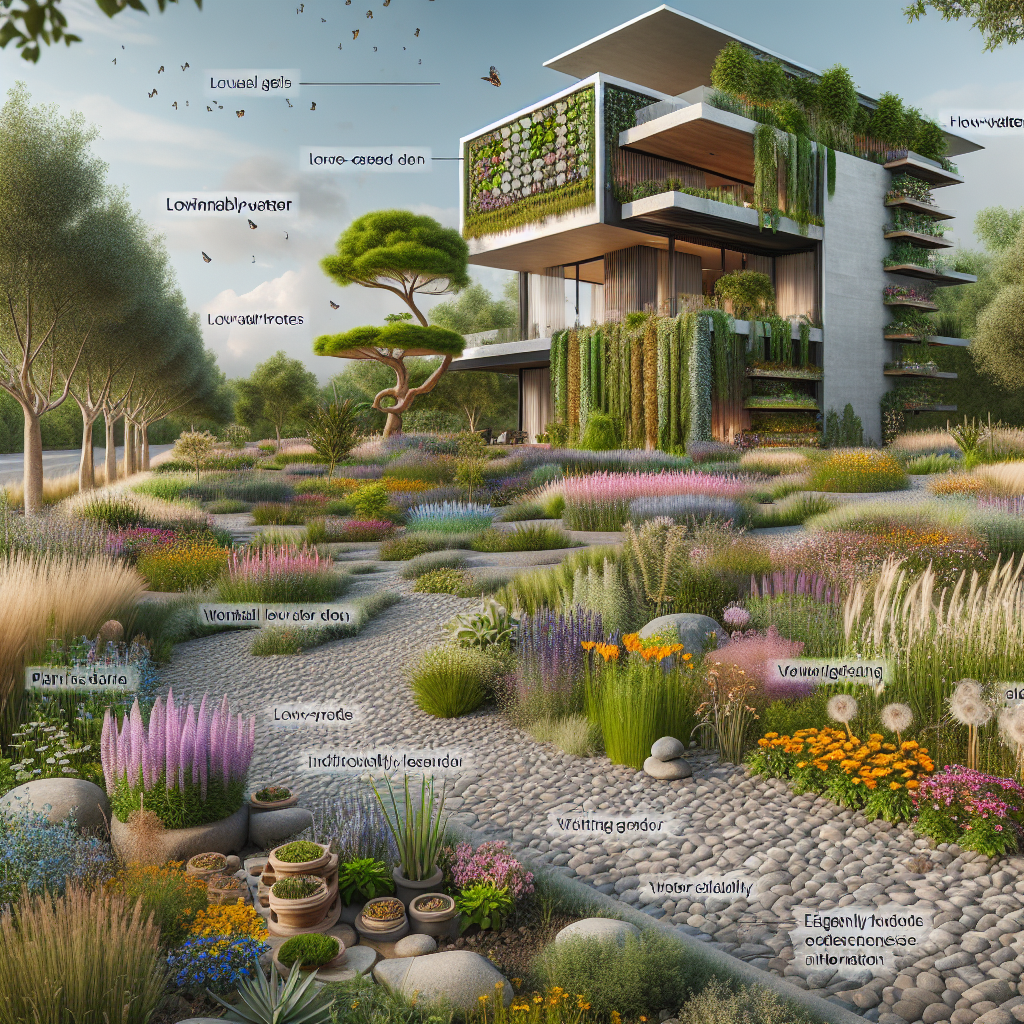
Sustainable Landscaping: Eco-Friendly Lawns and Gardens
In the realm of contemporary design and architecture, the outdoor environment has become as critical as the interiors it frames. As climate change reshapes our cities and lifestyles, sustainable landscaping is no longer a fringe concept but a central tenet of progressive design. Eco-friendly lawns and gardens are redefining the aesthetics of luxury, merging ecological responsibility with architectural sophistication. For architects, designers, and discerning homeowners, the question is no longer whether to embrace sustainable landscaping, but how to do so with elegance, innovation, and cultural resonance.
The New Paradigm of Outdoor Design
Traditional lawns—lush, uniform, and water-intensive—have long symbolized affluence. Yet, they are increasingly criticized for their environmental toll. According to the history of lawns, their origins were rooted in European aristocracy, where manicured grass signified wealth. Today, this symbolism feels outdated. Lawns consume an estimated 9 billion gallons of water daily in the United States alone, a figure that is untenable in an era of water scarcity.
Designers are now embracing eco-friendly gardens that integrate native plants, drought-resistant species, and regenerative soil practices. These landscapes are not only aesthetically compelling but also reduce carbon footprints, support biodiversity, and create microclimates that enhance comfort in urban environments. The result is a shift from sterile green carpets to living, breathing ecosystems that complement architectural form.
Designing with Ecology in Mind
For architects and landscape designers, sustainable landscaping is about more than substituting plants—it is about rethinking the relationship between built form and natural systems. Gardens are no longer ornamental afterthoughts but integral design components that shape spatial experience.
Consider the rise of green roofs and vertical gardens, which transform underutilized surfaces into ecological assets. A rooftop meadow in Copenhagen or a vertical herb wall in São Paulo is not just a decorative flourish; it is a performative layer that insulates buildings, improves air quality, and provides habitats for pollinators. Similarly, the integration of permeable paving, rain gardens, and bioswales ensures that stormwater is managed on-site, reducing urban flooding while replenishing groundwater.
Case Studies: Where Sustainability Meets Luxury
In Los Angeles, a hillside residence designed by Marmol Radziner features terraced gardens planted with California natives—sage, manzanita, and buckwheat—that cascade down the slope. The effect is cinematic: silvery foliage shimmering against concrete planes, with seasonal blooms painting the landscape in shifting hues. This is not just landscaping; it is ecological storytelling woven into architecture.
In contrast, a villa on the Mediterranean coast by Oppenheim Architecture employs xeriscaping—minimalist gardens of succulents, gravel, and sculptural olive trees. The restrained palette mirrors the building’s monolithic stone walls, while reducing irrigation needs by 70%. The design demonstrates that sustainability can amplify, rather than compromise, luxury aesthetics.
Materials and Innovations in Eco-Friendly Landscaping
Beyond plant selection, the materiality of sustainable gardens is undergoing a renaissance. Reclaimed stone, recycled wood, and permeable concrete are replacing resource-heavy imports. Designers are experimenting with bio-based composites for decking and sculptural garden furniture, echoing the rise of reclaimed materials in architecture.
Technology is also reshaping the landscape. Smart irrigation systems, powered by weather data and soil sensors, ensure water is used with surgical precision. Drone-assisted gardening, once a speculative concept, is now emerging as a practical tool for large estates, offering precision planting and maintenance with minimal labor. This aligns with the broader trajectory of drone-assisted gardening as a frontier of sustainable design innovation.
The Biophilic Imperative
Eco-friendly landscaping is deeply aligned with the principles of biophilic design, which emphasizes human connection to nature. Studies show that access to biodiverse outdoor spaces reduces stress, improves cognitive function, and fosters community well-being. For architects and developers, integrating sustainable gardens is not only an environmental choice but also a health-driven imperative.
Imagine a corporate campus where employees stroll through pollinator-friendly meadows during lunch breaks, or a residential complex where children play among edible landscapes of fruit trees and berry shrubs. These are not utopian fantasies but emerging realities in cities from Singapore to Stockholm.
Global Trends and Forecasts
The global landscaping market is undergoing a seismic shift. According to industry reports, demand for sustainable landscaping solutions is projected to grow by over 6% annually through 2030, driven by urbanization, climate adaptation, and consumer preference for eco-conscious luxury. Municipalities are also legislating change: cities like Las Vegas now ban non-functional turf, while European capitals incentivize green infrastructure through tax benefits.
In parallel, cultural attitudes are evolving. The manicured lawn, once a suburban status symbol, is increasingly viewed as an ecological liability. In its place, wildflower meadows, rewilded lawns, and foodscaping—gardens that merge aesthetics with edible production—are gaining traction. As explored in foodscaping trends, the future of gardens lies in multifunctionality: beauty, productivity, and resilience intertwined.
Designing for Climate Resilience
Climate-responsive landscaping is no longer optional. Rising temperatures, droughts, and extreme weather events demand adaptive strategies. Architects are collaborating with ecologists to design landscapes that act as buffers against climate volatility. Marshland-inspired gardens, rain-absorbing wetlands, and coastal dune restorations are becoming part of residential and civic projects alike.
These strategies resonate with the broader architectural movement toward net-zero design, where every component of the built environment contributes to resilience and regeneration. The garden, once ornamental, is now infrastructural.
The Aesthetics of Sustainability
Perhaps the most exciting development is the redefinition of beauty itself. Where once perfection meant uniformity, today it means diversity, texture, and seasonality. A meadow that shifts from golden grasses in autumn to violet blooms in spring offers a temporal richness that a static lawn never could. Designers are embracing imperfection, asymmetry, and natural succession as aesthetic virtues—echoing the wabi-sabi philosophy that celebrates transience and authenticity.
Lighting, too, plays a role. Low-energy LED systems are being used to highlight the sculptural qualities of native plants, casting dramatic shadows on architectural facades. Water features, designed with closed-loop filtration, create sensory experiences without waste. The result is a multisensory landscape that engages sight, sound, and touch while embodying ecological responsibility.
Conclusion: Toward a New Landscape Ethos
Sustainable landscaping is not a trend—it is a cultural shift redefining how we conceive outdoor spaces. For architects and designers, it offers an opportunity to align ecological responsibility with aesthetic ambition, crafting environments that are as restorative as they are refined. The eco-friendly lawn or garden is no longer a compromise; it is the new standard of sophistication, one that reflects both environmental ethics and design excellence.
As we move deeper into the 21st century, the landscapes we design will not only frame our buildings but also shape our collective future. In every native plant, permeable pathway, and pollinator-friendly meadow lies a vision of design that is not just sustainable, but profoundly human.
